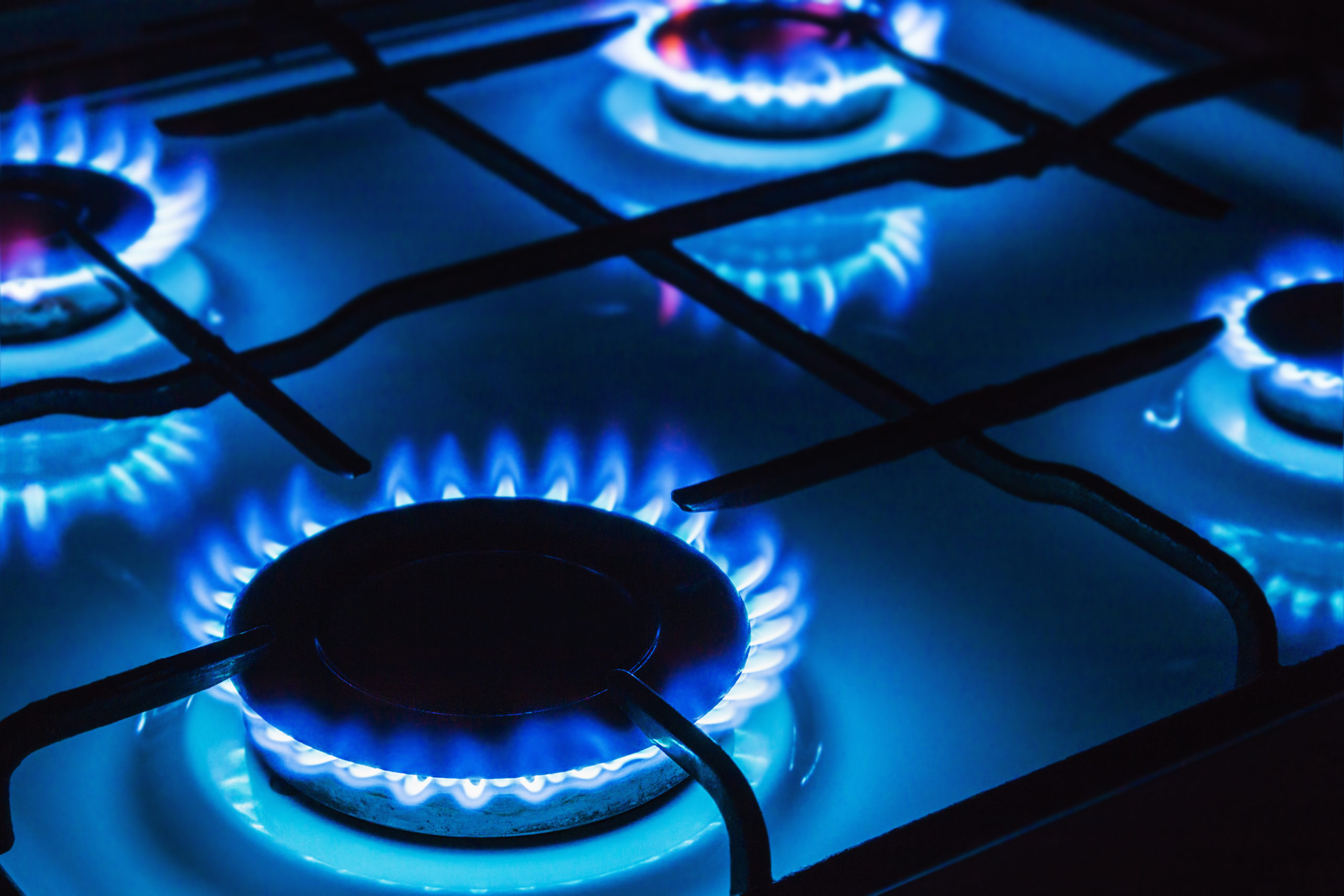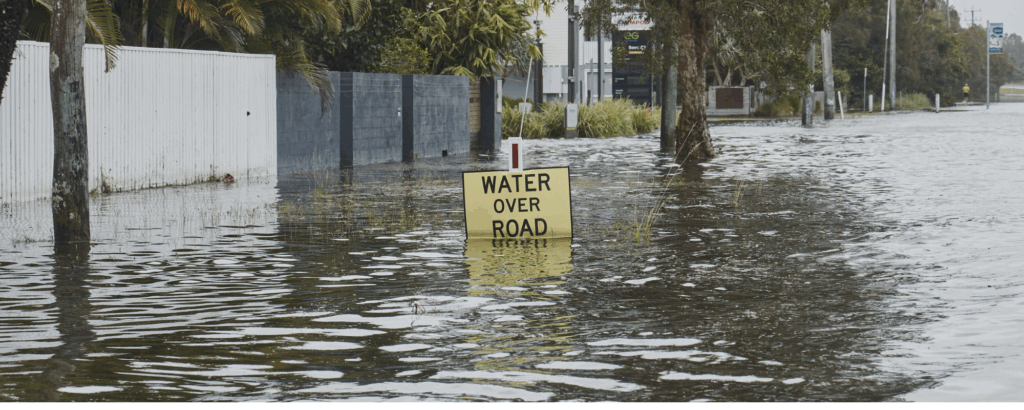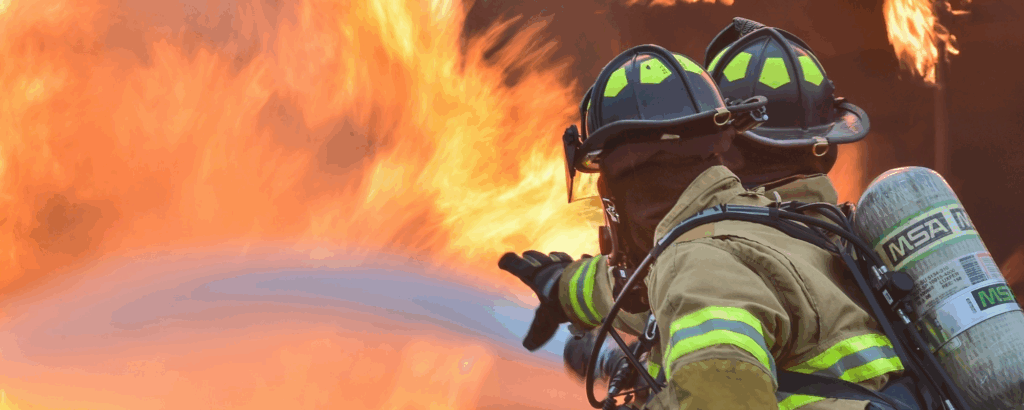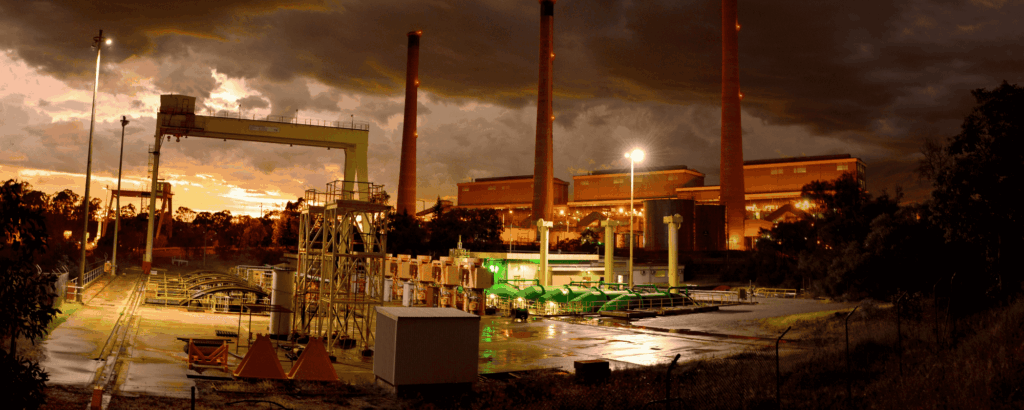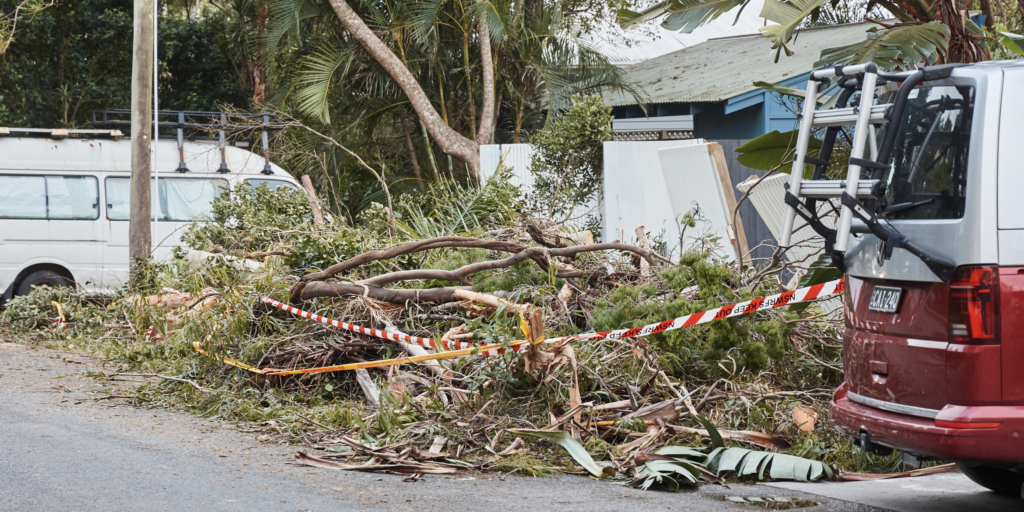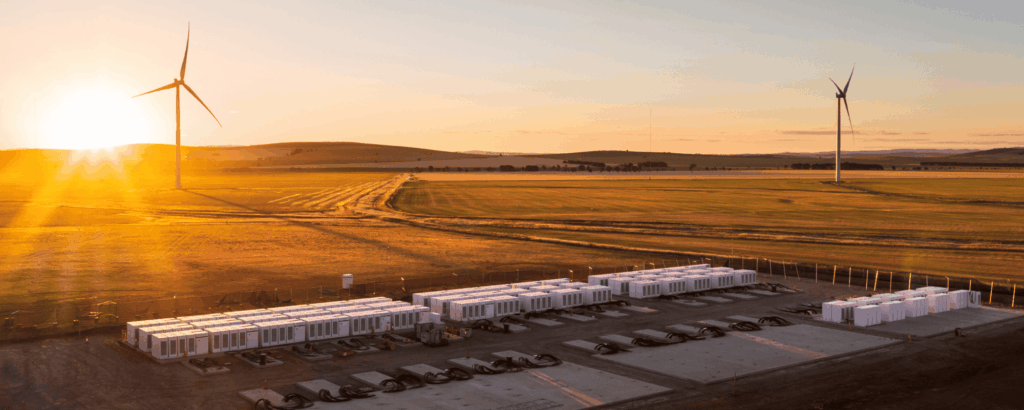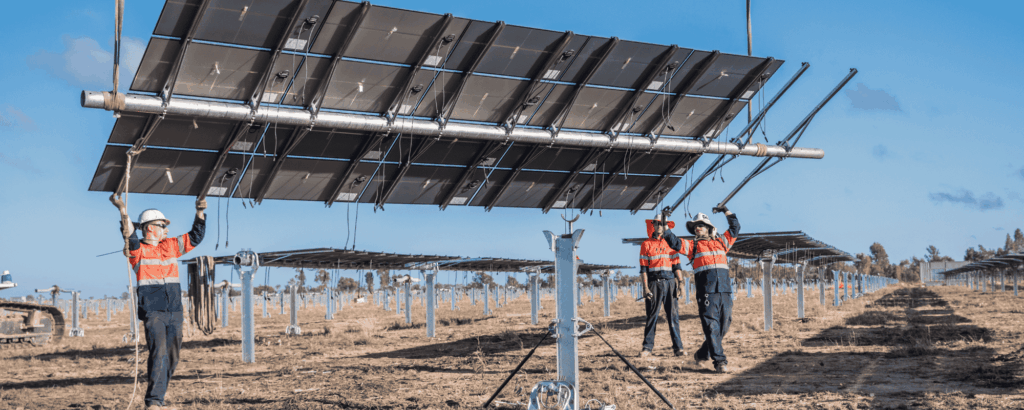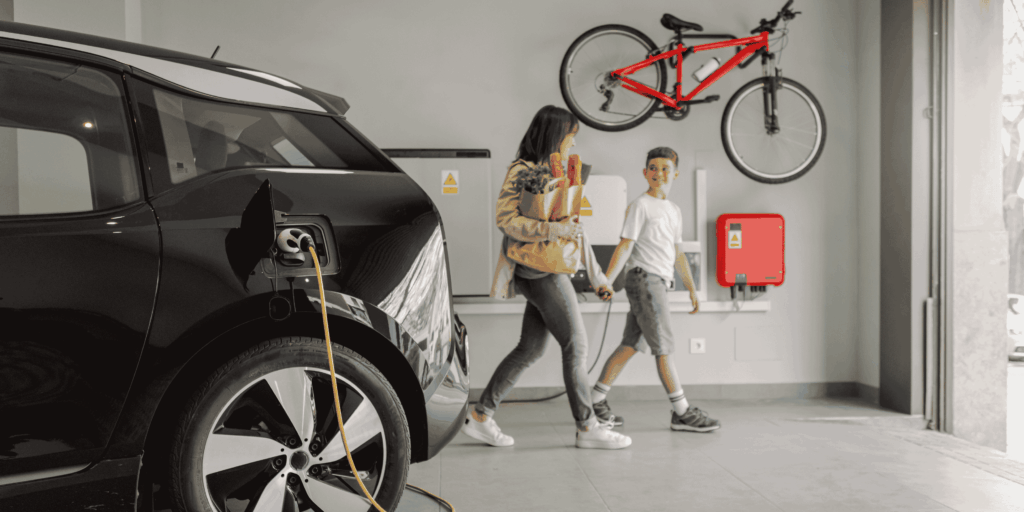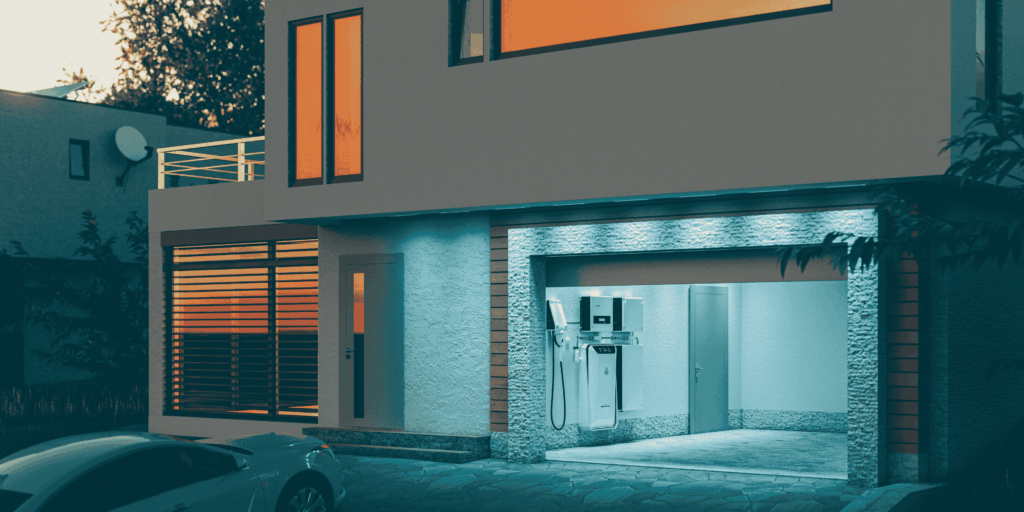Our latest report, Kicking the Gas Habit: How Gas is Harming our Health, details the health risks of gas. It shows that Australia’s reliance on a ‘gas-led recovery’ is putting us at risk, from the communities living near gas wells, right down to each and every one of us that uses gas to cook our food and heat our homes. To address some of the report’s more alarming findings, such as the link between gas cooktops and childhood asthma, we’ve developed an FAQ below.
Click one of the key findings to jump down to our FAQ:
2. Burning gas at home can harm our children’s health.
1. Unconventional gas development, including fracking, is exposing Australian communities to unnecessary health risks.
Which types of gas are dangerous for communities? All gas extraction poses some risk to communities living nearby, but the risks are larger for unconventional gas: coal seam gas, shale gas and tight gas. By definition, unconventional gas requires additional – higher risk – interventions to access the gas. These additional interventions create extra health risks for surrounding communities.
Most Australian gas is processed by the industry to be sold around the world. And remember, gas is a fossil fuel driving climate change – and climate change poses its own suite of risks for communities.
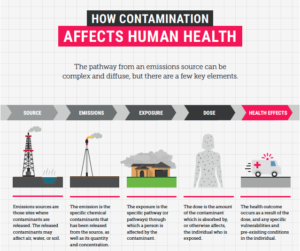
How does gas extraction affect health? Gas extraction and processing involves many hazardous substances including those that cause cancer, interfere with hormones, and trigger asthma. People are exposed to these chemicals via wastewater, soil contamination or as air-borne pollutants, which are produced at most stages of gas production. The types of chemicals associated with gas extraction include naturally occurring radioactive materials (NORMs), polycyclic aromatic hydrocarbons (PAHs), heavy metals and volatile organic compounds (VOCs) such as benzene.
Who’s at risk? Communities near gas sites are at risk from any number of extraction processes. The chemicals involved in fracking – a process of drilling down to gas-bearing rocks and blasting them with chemical mixtures to access gas – are liable to leach into soil and local groundwater. Beyond this, emissions from transport vehicles and the long-term storage of fracking fluid all pose further risks. As Australia continues to expand its extraction of unconventional gas, the number of affected residents will continue to climb.
2. Burning gas at home can harm our children’s health.
How does burning gas harm our children’s health? And how bad is it? Household gas use, especially from gas stoves, is thought to contribute up to 12 percent of the childhood asthma burden in Australia. Gas cooktops produce contaminants that increase childhood asthma risk: in particular, nitrogen dioxide and fine particulate matter.
What other uses of household gas present a risk? It’s not just cooking, other household uses of gas and gas appliances—such as indoor heaters—pose a risk, too. Portable indoor heaters produce similar chemicals and exhaust, but also releases the potentially lethal carbon monoxide. The risk can be reduced – but not eliminated – through the use of properly functioning flues which releases the exhaust outdoors. Regular, professional maintenance is vital, but the best way to avoid the risk from gas appliances in your home is to not have gas appliances in your home.
How do I speak to my family and friends about this? We recognise this could be a difficult and potentially alarming topic to broach with family and friends. First off, you could point them to this article for answers. Otherwise in terms of action—what can actually be done—a few answers are available in the paragraph below, including how to affect change in your neighbourhood. You can also read the full report, here.
What do I do? For any household appliances that use gas, such as indoor heaters, you can ensure they’re being operated and maintained optimally through regular, professional servicing. For gas stoves, risk can be reduced by increasing ventilation with modern extraction fans or simply by opening windows, though, this won’t eliminate the risk completely. Ultimately, the best way to avoid the risk of gas appliances is to replace them with electric alternatives. For example, modern induction stove tops require no gas, and are superior to gas stove tops. Reverse cycle air conditioners are a clean, safe and efficient alternative to gas heaters.
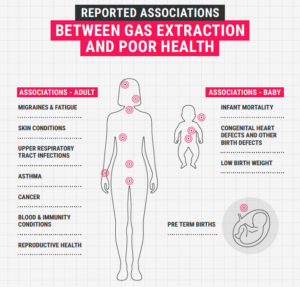
3. Children and poorer households are at highest risk from, and most likely to be harmed by, gas production and use.
How are children being harmed by gas production? The hazardous chemicals produced when gas is extracted, and later burned in the home, pose a greater threat to the bodies of babies and children. Researchers in the US have shown that children living around sites of gas extraction have a higher incidence of asthma and leukemia, and pronounced impacts on fetal and infant health have been reported in multiple studies. The unconventional gas industry is newer in Australia, and independent research is unfortunately very limited, but there are worrying signs that similar trends are occurring in Australia today.
My child has asthma and we live with gas appliances. What can we do? The Climate Council partnered with Asthma Australia for the launch of this report. Their team of specialists have provided separate advice on their website.
Why are children and poorer households affected more adversely? Children in poorer households are more likely to be living in rental or public housing, whose gas appliances are less likely to be maintained to a safe standard and where they have little choice but to accept the appliances that are provided in the home. Children are more vulnerable to the impacts of pollutants created at both ends of the gas life-cycle – production and use – as these pollutants interfere with ordinary childhood development. Australia has among the highest rates of asthma in the world, and gas cooktops alone are responsible for up to 12% of the childhood asthma burden in Australia.
4. Gas is a polluting fossil fuel. Governments can prevent health issues, and reduce harm, by helping households, and the country, get off gas.
How bad is gas? While gas was an improvement on the even more noxious energy sources of the past—coal, kerosene—it remains a fossil fuel, polluting the atmosphere to exacerbate climate change, and polluting our bodies at the same time. Contrary to the marketing strategy of the gas industry, their product is a polluting fossil fuel and also a greenhouse gas in its own right.
If the government is responsible for controlling the expansion of gas, what can I do? Indeed the government needs to move beyond gas by:
- abandoning new projects
- dropping public funding for its extraction
- developing an economic recovery that is not dependent on burning more gas
- removing any policies that encourage the use of gas in homes and schools—just like the ACT is doing—and this is where you can help.
TAKE ACTION: Use our tool to look up your state planning minister and give them a call to demand they help Australian families, schools and businesses get off gas.
5. Clean energy alternatives like solar and wind are the key to a prosperous, healthy future for all Australians.
Don’t we need gas for cooking? Heating? Induction cooktops provide a healthier and superior cooking experience to gas and, if combined with rooftop solar, can be far cheaper, too. There are plenty of alternatives for indoor heating, including clean, efficient reverse cycle air conditioners, which according to a report by the ACT Government can save a household up to $500 a year on energy.
Even if we transition to renewables, don’t we need more gas to smoothen that process? No. Australia does not need any new gas. In the electricity sector, gas is already being outcompeted by clean renewables. Australia’s gas industry is not only polluting but it is economically unsound, and an energy cannibal that is the second-biggest consumer of its own product. Our country has a surplus of wind and sun making the path to a clean and prosperous future paved by investment in and support of renewables like these.

